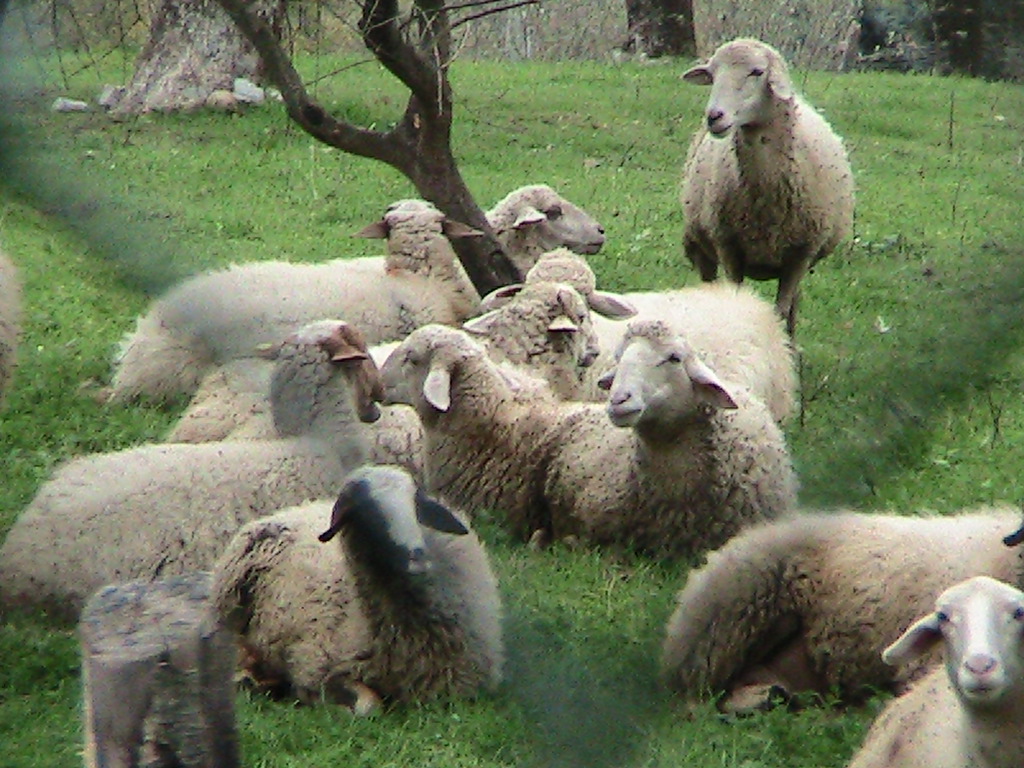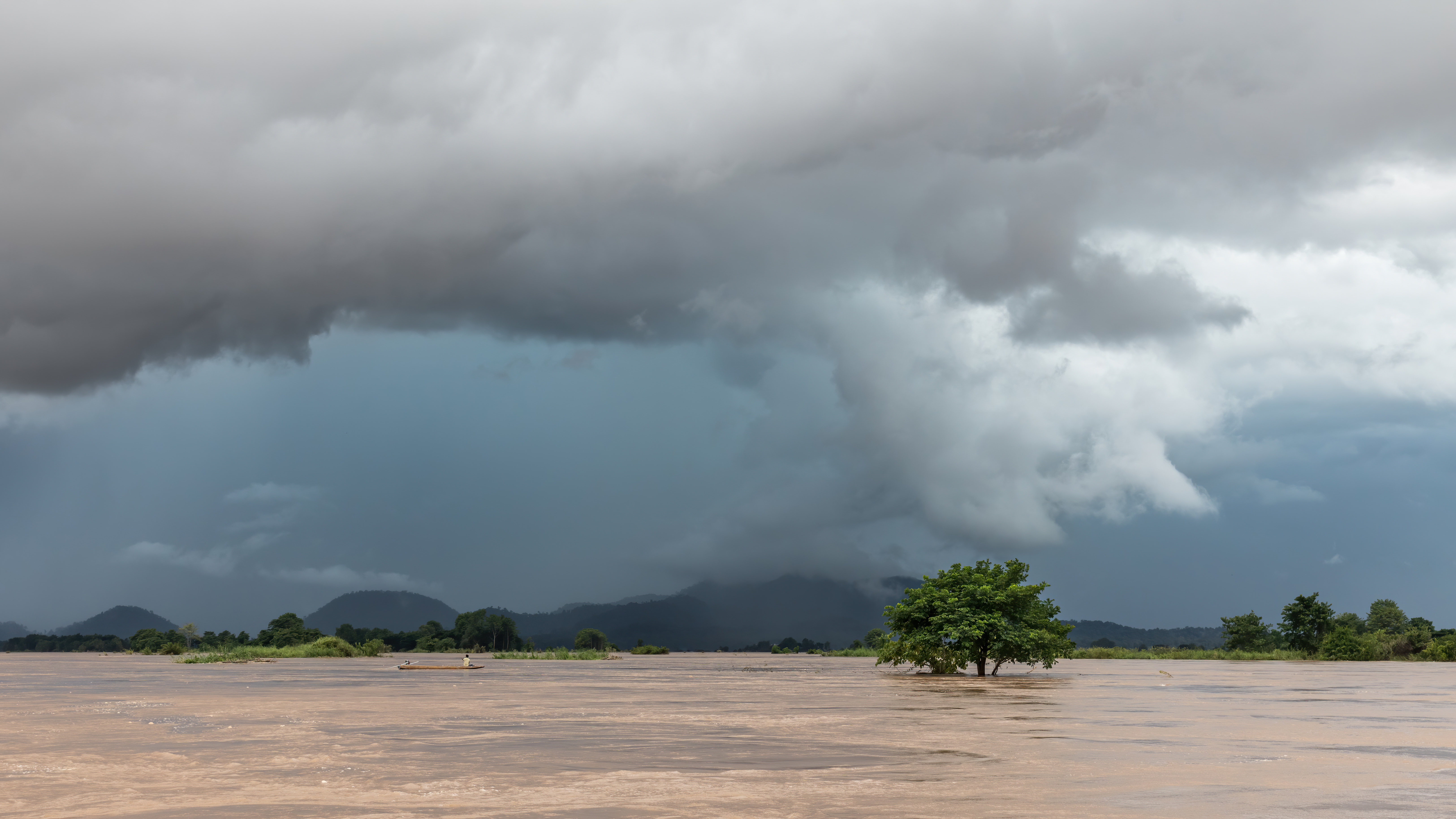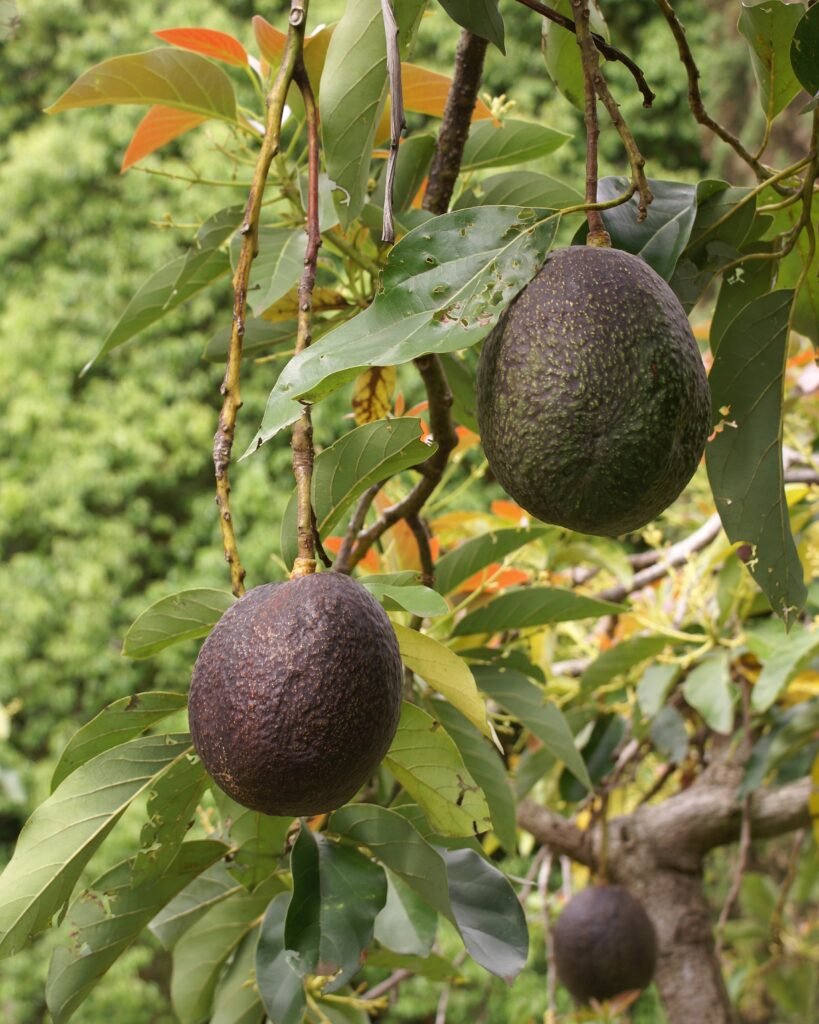Before satellites and radar systems painted pictures of approaching storms, ancient farmers developed remarkable ways to read nature’s signs. Their survival depended on understanding when to plant, when to harvest, and when to seek shelter. These agricultural pioneers created sophisticated forecasting systems by watching clouds, animals, and plants with the intensity of modern meteorologists studying computer models.
You might be surprised to learn just how accurate some of these ancient methods actually were. Recent research suggests that traditional weather predictions can achieve accuracy rates of roughly twenty to thirty-five percent, a figure that impresses even today’s meteorologists. What seems like folklore often contains kernels of genuine meteorological truth, passed down through generations of careful observation.
Reading the Sky’s Ancient Messages

Ancient farmers treated the sky like an open book, with cloud formations serving as the most reliable chapters. Clouds ranked as the top indicator of rain, with cloud patterns being widely used by farmers in traditional societies to predict weather. They learned to distinguish between different cloud types and their meanings with remarkable precision.
The wisdom behind cloud reading had deep scientific foundations. Mammatus clouds, with their puffy, cellular patterns, typically appeared during or after severe thunderstorms, while wispy, stringy cirrus clouds typically meant storms or rain would follow. Your ancestors understood that small streaks in clouds meant rain within two days, while black clouds appearing in winter months indicated rain on the third day from observation.
High cirrostratus clouds, which produce halo effects around the sun or moon, often precede frontal systems, giving the Babylonians genuine meteorological basis for their predictions. This ancient observation about halos remains valid today, proving that careful sky-watching could reveal atmospheric changes invisible to casual observers.
Animal Behavior as Nature’s Barometer

Cattle lying down in pastures became one of the most trusted signs of approaching rain, as these animals are affected by changes in air pressure and become restless when stormy weather approaches. Farmers noticed that livestock sought dry spots before storms hit, giving them advance warning of changing conditions.
Bird behavior offered equally valuable insights into weather patterns. Birds flying low meant that storms were coming, due to changing pressure in storm systems. When sea birds flew closer to land, it signaled an approaching storm. Your ancestors understood that insects and birds make some of the best weather predictors due to pressure-system changes.
Ancient Chinese farmers relied heavily on animal and insect behavior, noticing that dragonflies flying low to the ground and moving erratically signaled an impending storm. These observations reflected animals’ heightened sensitivity to atmospheric pressure changes that humans couldn’t directly perceive.
Celestial Patterns and Seasonal Cycles

During the Warring States period (7th-3rd centuries BCE), Chinese astronomers gradually integrated weather prediction into their cosmological system, dividing their annual calendar into twenty-four solar terms, each associated with characteristic weather patterns and seasonal agricultural tasks. This structure combined accumulated empirical knowledge with systematic observation of celestial movements.
Ancient civilizations like the Babylonians and Mayans used celestial events such as star and planet positions to predict seasonal changes and the onset of rainy seasons, with celestial body alignments playing crucial roles in their agricultural calendars. These astronomical observations provided long-range forecasting capabilities that modern meteorology struggles to match.
Varahmihira, living in sixth century India, developed formulas for predicting rainfall based on systematic observation, combining observations of clouds, winds, and stars with mathematical calculations to achieve accurate predictions. His work demonstrated how ancient scholars could create systematic approaches to weather forecasting through careful celestial observation.
Plant Life as Weather Prophets

Early blooming of certain plants like dogwoods could foreshadow shifts in seasonal rains, while the flowering of specific plants or migration of animals signaled the arrival of monsoon seasons. Farmers developed intricate calendars based on plant life cycles that guided their agricultural decisions with remarkable accuracy.
Pinecones served as nature’s hygrometers, opening their scales during dry conditions to allow wind dispersal of seeds, but sealing shut when moisture filled the air. This simple observation gave farmers a reliable indicator of approaching wet weather, as the cones would close before rain arrived.
Native plants flowering early indicated approaching rain, while certain flowers like dandelions and tulips wouldn’t open their blossoms if rain was coming, and flower aromas became stronger before storms. These plant behaviors reflected atmospheric pressure and humidity changes that preceded weather shifts.
Water Signs and Atmospheric Clues

Ancient Egyptians relied heavily on natural observations of the Nile’s flow to predict weather and floods, observing water levels and other natural signs to predict when heavy rains and floods would come. This river-based forecasting system allowed entire civilizations to prepare for seasonal flooding and optimize their agricultural cycles.
When smoke from fires cascaded to the ground rather than rising, it indicated moisture in the air and approaching wet weather, as moisture preceding storms latched onto smoke particles and weighed them down. This simple observation provided farmers with immediate warnings of changing atmospheric conditions.
The famous “red sky” observations had genuine atmospheric foundations. When skies appeared particularly red during sunrise or sunset, the sun was shining through thick atmospheres of water vapor and droplets, with red morning skies indicating water vapor present and storms moving eastward. This ancient wisdom remains meteorologically sound today.
Wind Patterns and Regional Knowledge

Ancient Arabs developed sophisticated weather forecasting systems based on observations of wind and climate, realizing that different wind directions brought different weather patterns and creating classification systems based on these observations. Their desert environment made wind reading essential for survival and agricultural success.
Desert peoples like the Navajo observed cloud movement and color to gauge rainfall and storms, while sudden hot, dry winds sweeping across the land often signaled drought approaching. These wind-based predictions proved crucial in arid environments where weather changes could mean the difference between abundance and famine.
Even livestock behavior with wind provided valuable clues, as cattle standing with tails to the west indicated fair weather, while tails pointing east suggested weather would turn sour, since animals positioned themselves with tails toward the wind to detect predators.
Seasonal Preparation and Long-Range Forecasting

When rabbits appeared fat in October and November, farmers expected long, cold winters, while pigs gathering leaves and straw in fall indicated cold winters ahead, and horses growing thick, early winter coats meant harsh weather was coming. These animal preparation behaviors provided reliable long-range forecasts for seasonal planning.
Aboriginal cultures observed that ants building nests higher than usual signaled upcoming heavy rains, observations that have been validated by scientists studying correlations between animal behavior and weather patterns. These traditional methods demonstrate how careful observation of nature’s preparation cycles could predict seasonal changes weeks or months in advance.
Indigenous forecasting techniques, such as the Yolngu people’s observations of specific plant flowering and animal migration to predict monsoon arrivals, showed remarkable accuracy that often rivals modern meteorology. Their long-term environmental observation created forecasting systems that modern science is only beginning to fully appreciate.
The Science Behind Ancient Wisdom

Ancient weather forecasting methods relied on observed patterns of events and pattern recognition, such as noticing that particularly red sunsets often brought fair weather the following day, with this experience accumulating over generations to produce weather lore. What appeared to be superstition often contained genuine meteorological insights.
Having accurate weather readings was especially important for farmers, sailors, and pilots whose lives depended on weather knowledge, leading people to gaze at the sky constantly and recognize that cloud patterns could indicate not just current conditions but future weather changes. This constant observation created vast databases of weather pattern recognition.
Research shows that some traditional weather predictions achieve forty-five percent accuracy rates, a figure that astounds seasoned meteorologists, as weather folklore often contains kernels of meteorological truth representing deep connections with the natural world. Modern science continues to discover the scientific basis behind many traditional forecasting methods.
Ancient farmers created remarkably sophisticated weather prediction systems through generations of careful observation and pattern recognition. Their methods combined celestial awareness, animal behavior reading, plant cycle understanding, and atmospheric sign interpretation into comprehensive forecasting approaches. While modern technology has revolutionized weather prediction, the fundamental principle remains unchanged: understanding nature’s patterns to anticipate future conditions.
These time-tested techniques remind us that accurate weather forecasting doesn’t always require satellites and supercomputers. Sometimes, the most reliable predictions come from simply paying attention to the world around us. What do you think about it? Tell us in the comments.

Jan loves Wildlife and Animals and is one of the founders of Animals Around The Globe. He holds an MSc in Finance & Economics and is a passionate PADI Open Water Diver. His favorite animals are Mountain Gorillas, Tigers, and Great White Sharks. He lived in South Africa, Germany, the USA, Ireland, Italy, China, and Australia. Before AATG, Jan worked for Google, Axel Springer, BMW and others.




